Top 10 Earth like Planets
All the planets that I am about to mention have similar atmospheric and environmental conditions as Earth. These planets lie within the “Goldilocks zone” meaning they are neither too hot or too cold to support life. And even if there isn’t complete proof for the existence of some of the planets, (due to the massive distance or other objects blocking the view) there is a high probability that they exist. Now, there are two possible reasons you are reading this list- either you want to look at future possible homes for humanity or find out about places where aliens might live. Let’s see what these earth like planets have in store for us.
(List compiled using aggregate ESI, SPH, HZD, HZC, and HZA indexes)
10
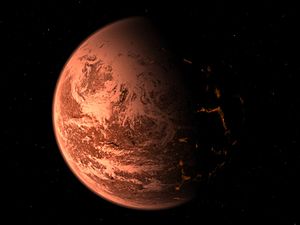
It orbits the Gliese 581 red star, which itself is pretty famous for having many habitable planets, but more on the other planets later. It is 20.2 light years away from us and in the outer parts of the habitable zone, hence it is possible for water to exist there, with at least one ocean. A year lasts 66.87 days, so expect to spend a fortune on calenders. It is also considered a cold planet since it has no proper atmosphere, but to be fair if Earth had no atmosphere we would also have been considered a cold planet with an average temperature of -18°C. In 2009 we beamed 25,880 messages from 190 different countries were sent towards its sun, probably messages begging them not to invade us.
9

Lets go over the basics first, 3.6 times bigger than Earth, gravity of only 1.4g despite its bigger size, a year of 54 days and its tidally locked. For those who don’t know what tidally locked means, it means that one side is always facing the sun, so basically it is day time on half of the planet while the other half experiences perpetual night (and it slowly freezes there) so basically its a vampires paradise. On a serious note, tidal locking does a number on a planet and reduces chance of life, that still doesn’t mean that living on it is impossible. Its one of the most stable exoplanets. The planet receives 1.86 times the amount of light earth receives, so bring some shades. The planet might also have clouds. It would take the Helios probes 156,971 years to reach the planet (more info on these probes later).
8
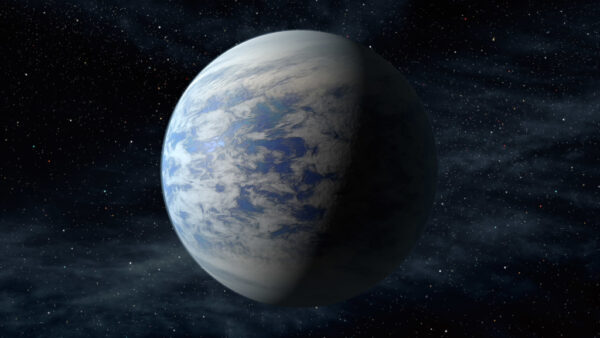
Again lets go over everything fast, 1.7 times the size of earth, in the habitable zone, and water might exist on its surface. Whats wrong then? Some scientists even considered it a “prime candidate to host alien life” (source). A year is 242 days long, which so far is the closest we got to one year on Earth. Sadly, today it seems to have common properties to Venus which usually means, no chance of life naturally occurring there, ever. It still doesn’t rule it out as a possible place to settle.
7
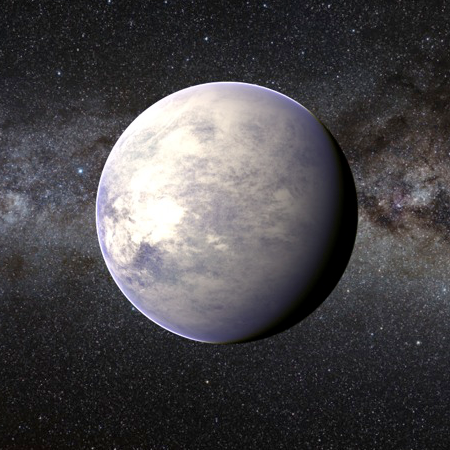
So it is 1.8 times larger than Earth and a strong atmosphere. Temperatures might be in the 70°C range if their atmosphere is similar to ours. On the bright side, their sun is similar to ours and is extremely stable. It probably has a rocky surface. Also, it is only 11.9 light years away from us, which is pretty close compared to the other planets mentioned on the list, but with the current level of technology its still not completely feasible.
6
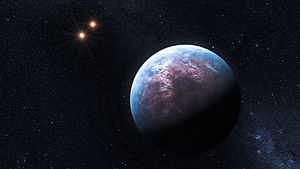
This one we don’t know much about it, it is part of 3 sun system, but it orbits only around one of them. Strangely, it receives only 60% sunlight compared to Earth. It is also in the habitable zone, with a 39 day year, and it also has more infrared radiation compared to Earth. It’s related to entry number 4.
5
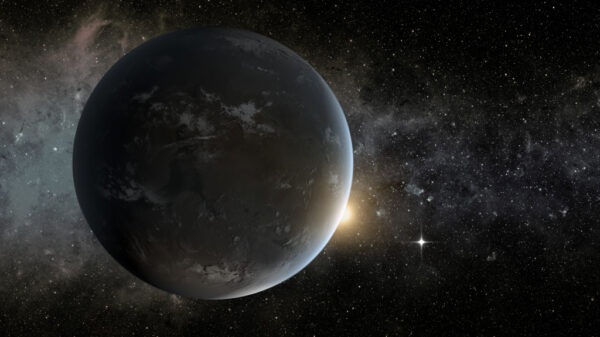
This planet is 1.4 times the size of Earth, its sun is slightly smaller and cooler than ours, and it would appear to be of peach color to the naked eye if you were to stand on the surface. It would have a rocky surface but with high probability of water there as well. It is on the target list of SETI for possible life. Sadly its 1200 light years away from us, so the peach sun will have to wait.
4
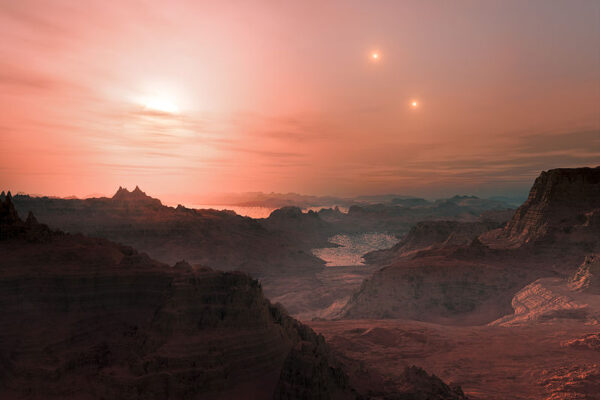
The image on top is an artists impression of what it will look like, it looks similar to mars, and you can see all of the suns, in fact its part of the aforementioned three star system from entry 6. Its 3.8 times the size of the Earth, has a rocky surface, and it has a 85% similarity to Earth. Its on the slightly hot edge of the habitable zone with temperatures ranging in 254.3 K (-18.85°C) and it receives 90% of the light Earth receives.
3
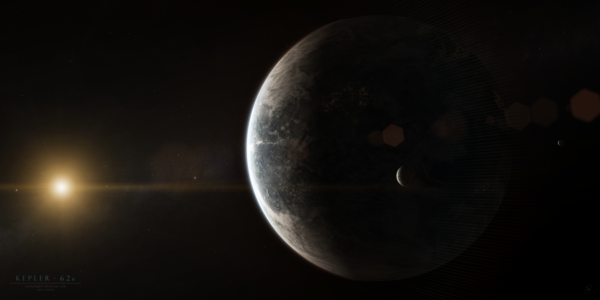
Its 1.6 times larger than Earth, it has a rocky surface with a high probability of water. It’s also almost covered by ocean. Its year is 122 days long and its 1200 light years away. Just a side note, all planets I have mentioned thus far are larger than Earth and that’s why they are called “Super Earths” which means that they are larger than our planet, but have similar characteristics. Anyway, back to the planet. It has cloudy sky and is probably “warm and humid” everywhere other than the polar caps.
2
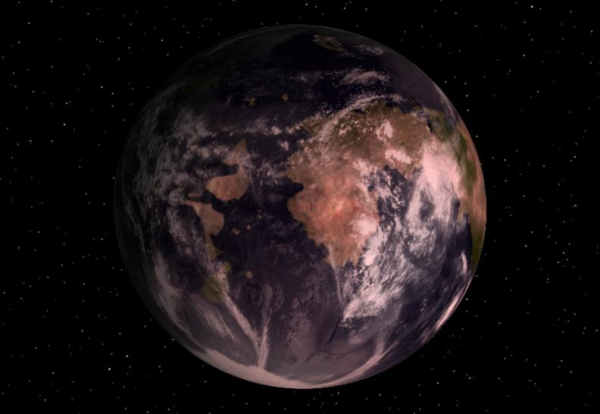
Gliese 581 g is the unconfirmed sibling of its more famous brother Gliese 581 c. It is 1.5 times the size of earth and receives a similar amount of sunlight but before talking about our candidate, lets first talk about its brother. Gliese 581 c is only 20.3 light years way from us, so taking the speed of the fastest man made objects, which are the Helios probes (which I briefly mentioned before) we can travel there in 90,000 years (4,473*20.3). The planet is famous for being one of the first to be considered habitable and having water. Sadly, it turned out that it was too close to the sun, hence no dice. Enter Gliese 581 g- its less known younger brother, the planet might be in the habitable zone (its cold though temperatures ranging from −37 to −12 °C). Its surface is rocky with an atmosphere which would support water. In terms of probability it has the highest chance of harboring life, but it loses to number one, because there is still debate about its existence.
1
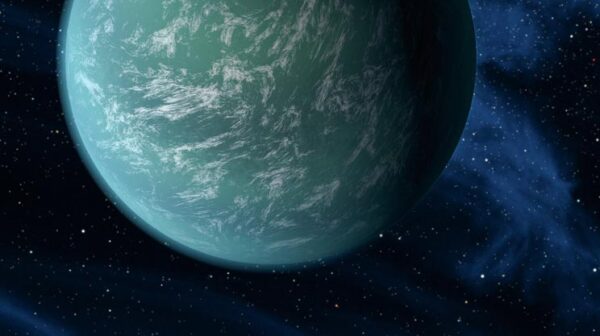
The planet is about 2.4 times the radius of Earth and has the highest chance of having water in all of the habitable zone planets. If something happens to earth, this is the place we will probably want to move to (if transforming hadn’t already been discovered yet). According to estimates temperatures might be -11°C worst case and 22°C best case scenario, noting the absence or presence of a greenhouse capable atmosphere respectively. Either way, its not that bad. In fact this planet might be so water rich that it might be an “ocean world”. If that is true, there is a huge potential that there might be life there already, someone to keep us company.
Honorable Mention: TRAPPIST – 1
This one might be the greatest discovery yet. Not only is the system close to us (of 39 light years), but TRAPPIST 1d, e, and f, have a high probability of water. The star will also last 500 times longer than our sun, so this might be our future home once our sun dies out. Only problem is that, the planets are tidally locked (as in one side always faces the star, keeping it in a permanent state of day). The only habitable area is a tiny silver, where its day and night at the same time. Called the “Terminator Line”. I have feeling that its about to get very crowded.
- Top 10 Art Books for Complete Beginners - March 14, 2017
- Top 10 Best Occult Books For Beginners - November 13, 2016
- Top 10 Places Straight Out Of Fairy Tales You Have to Visit - November 8, 2016

